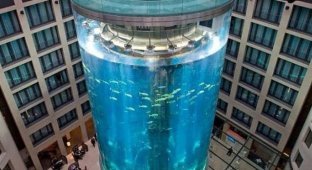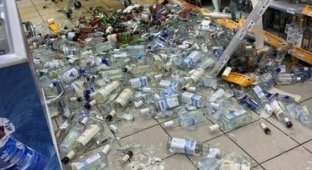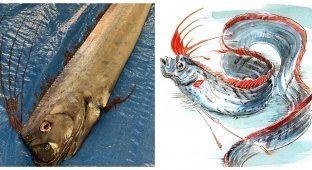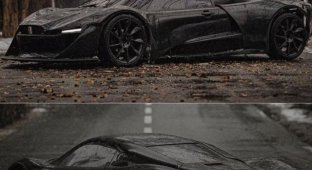The propeller, being the main mover of ships, boats, submarines and other watercraft, is subjected to the most severe loads during operation. In this post, we will talk about one interesting, but not obvious problem, due to which the gradual destruction of the propeller blades (and not only ships). 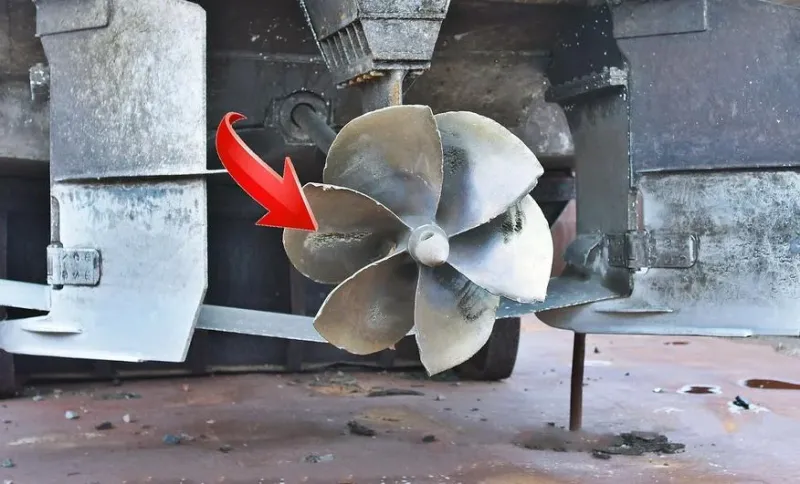
Of course, the most obvious cause of propeller failure, is its mechanical failure in a collision with an obstacle, for example, stone or coral reefs, which may be located at shallow depths under water and pose a serious danger to ships. In addition, debris islands or algae that float on the surface of the water and can be sucked in screw, causing it to jam or even break blades. 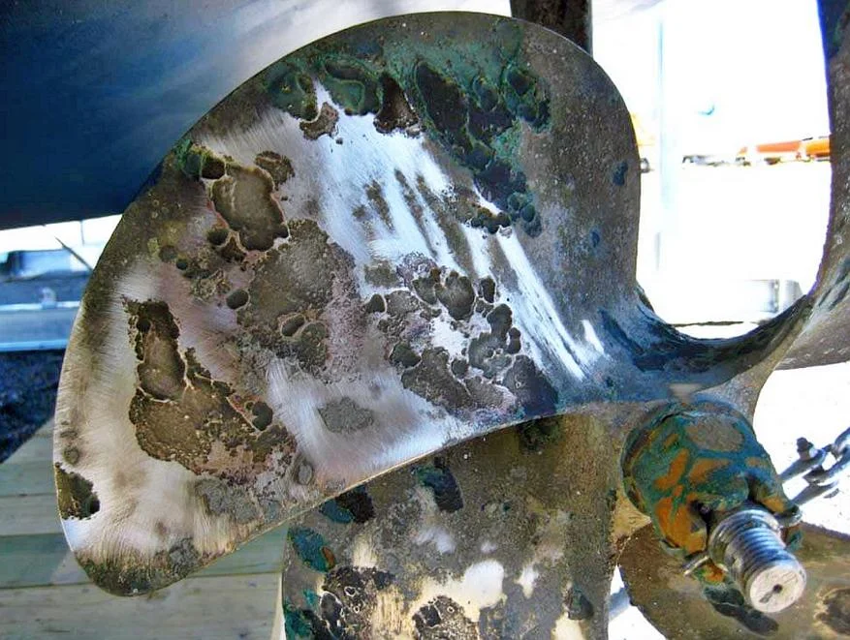
However, I would like to talk about such a harmful for screws effect like hydrodynamic cavitation. This process accompanies almost any propeller during its operation in the aquatic environment. When the screw rotates and the ship moves, then around the screw all the time zones of low and high pressure are created, as a result of which water creates a huge number of bubbles and air cavities (so called cavitation caverns), filled with steam and gas dissolved in water (for example, oxygen), which is "drawn" into these cavities. 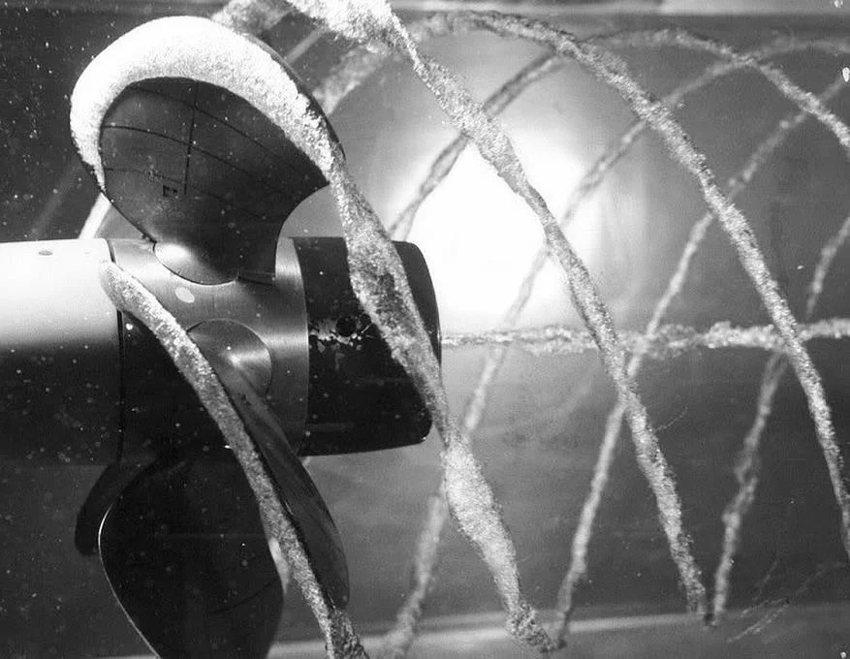
The bubbles are collapsing, actually happening microexplosion, which is accompanied by noise, release of energy and by raising the temperature of the gas compressed in them to 1000 degrees Celsius, a large number of small hydraulic shocks occur. IN in the air environment, an analogue of cavitation can be the formation of a shock waves when an aircraft passes the sound barrier. 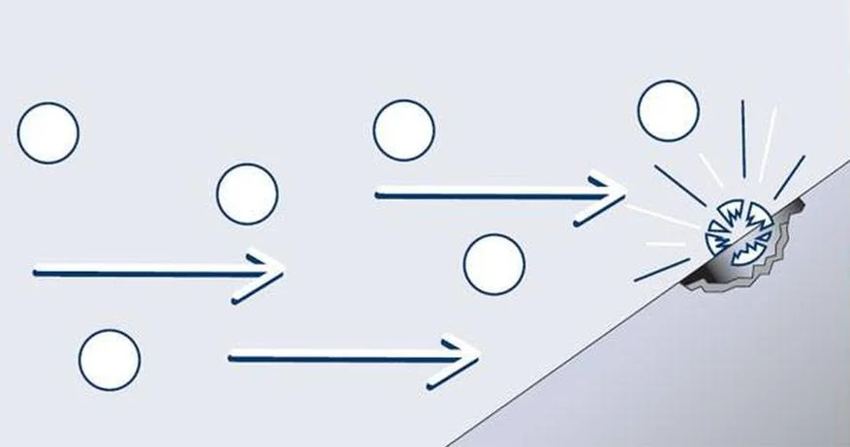
A huge number of bubbles filled with steam and oxygen (which is a very aggressive oxidizing agent), accompanied by high temperature, high pressure surge and shock wave when collapsing, come into contact with the metal of the propellers, each time causing him microscopic damage. Over time, as a result this, on the surfaces of the blades and other parts of the propeller, no only corrosion, but the destruction of the metal structure occurs, deep cavities and even through holes appear. 
It should be noted that this negative effect of cavitation not only propellers of ships are affected, but also impellers / workers wheels of powerful hydraulic centrifugal pumps, as affects them the same forces and over time they become thinner and can collapse. 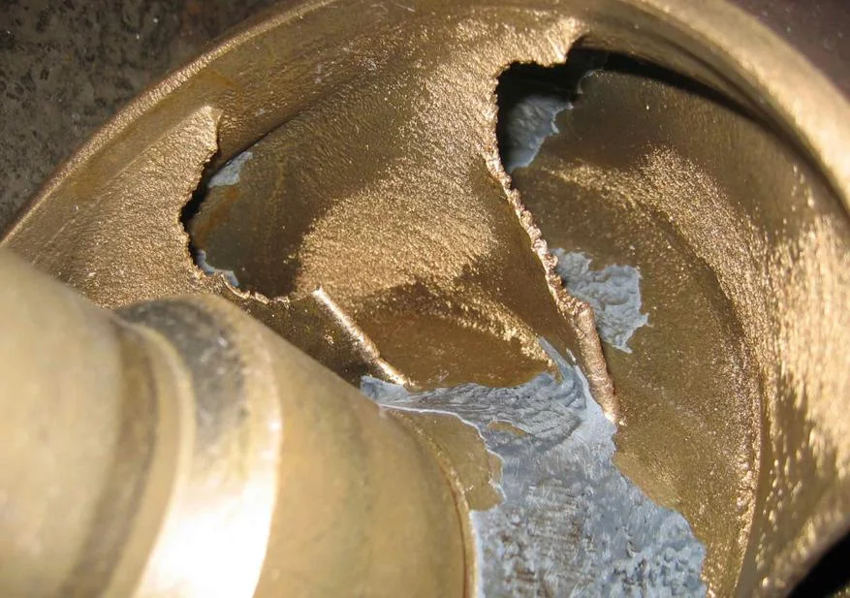
Cavitation protection for ships is the development of more effective design of screws, as well as the application and spraying of durable protective coatings that become a barrier to the formation of a zone cavitation directly at the point of contact between water and metal screws. IN these coatings use composites, epoxy coatings, as well as sputtering based on cobalt. When operating pumping equipment, to minimize the cavitation effect, strict adherence is required operating conditions, as well as the appropriate piping (diameter, number of corners in the pipeline, etc.). In critical hydraulic systems, for example, hydraulic drives of excavators, redundant make-up systems, an additional pump is installed in them, which activated when the pressure drops in the hydraulic system.
It is also worth noting that cavitation is the cause limiting the speed of a vessel moving through the water. At some point time, the discharged pressure cavity becomes so large that captures the entire propeller blade, respectively, the area decreases contact of the propeller with water and the vessel stops accelerating, even with an increase number of revolutions.
But do not think that cavitation is really so harmful. phenomenon. In fact, there are quite a lot of useful ones. applications. This effect is used in ultrasonic baths for deep cleaning of metal surfaces and surfaces of solid objects from other materials. In this case, the formed cavitation bubbles collapsing, they knock out pollution with a shock wave, separating even serious inclusions and rust. Cavitation is used to mix liquidstay, fuel purification, suspension crushing and large inclusions in liquids, etc. This process finds application in the military, industry and medicine.
Add your comment
You might be interested in:












